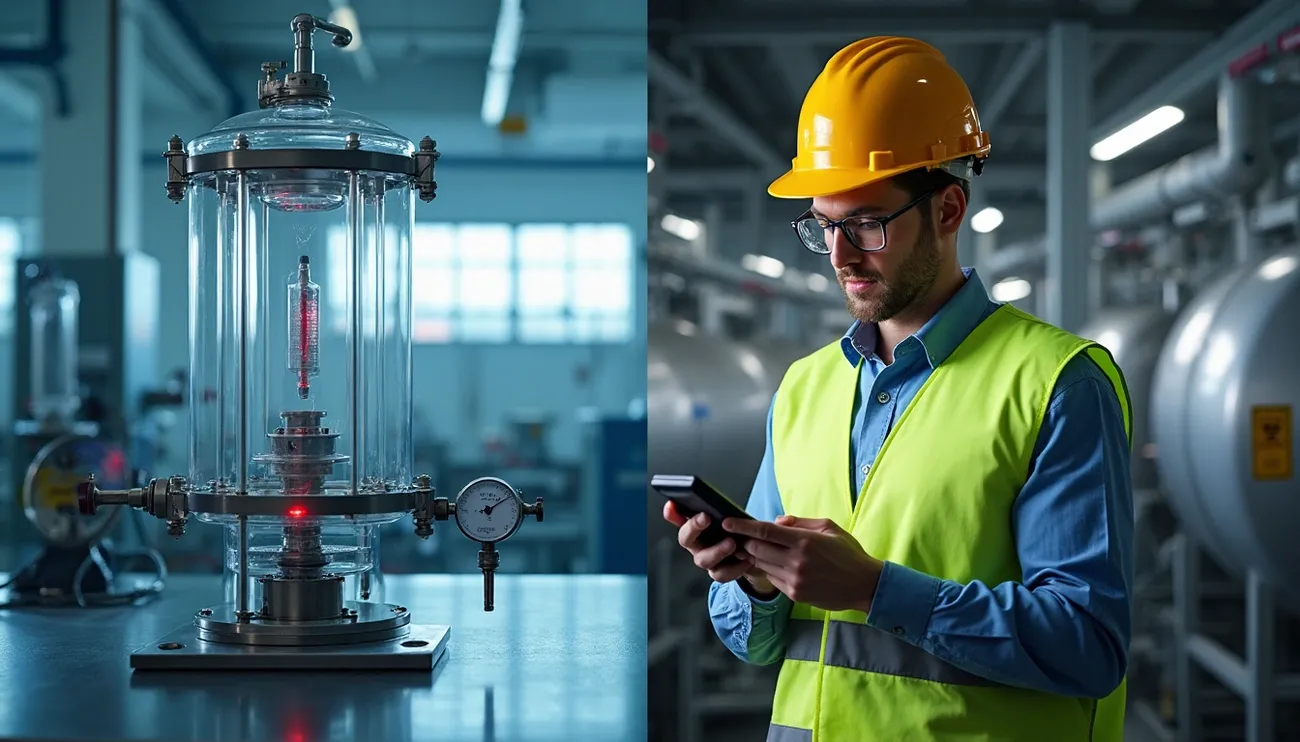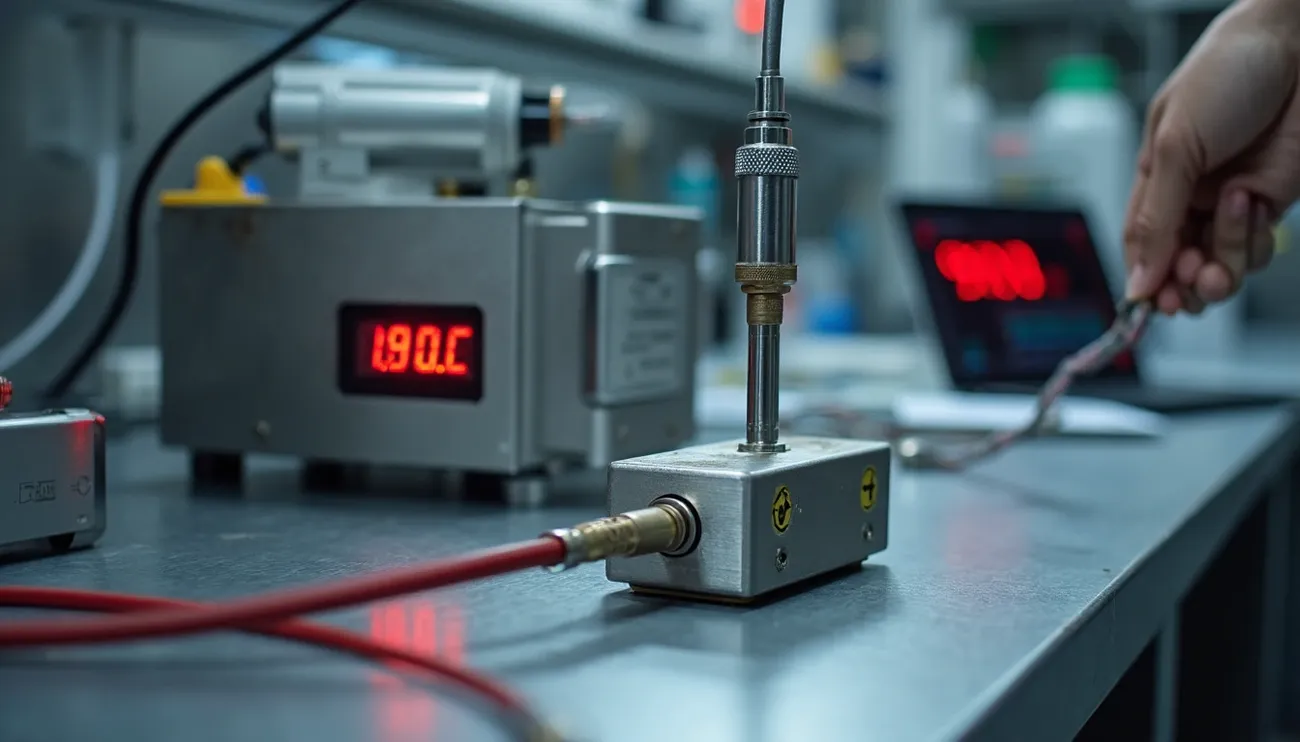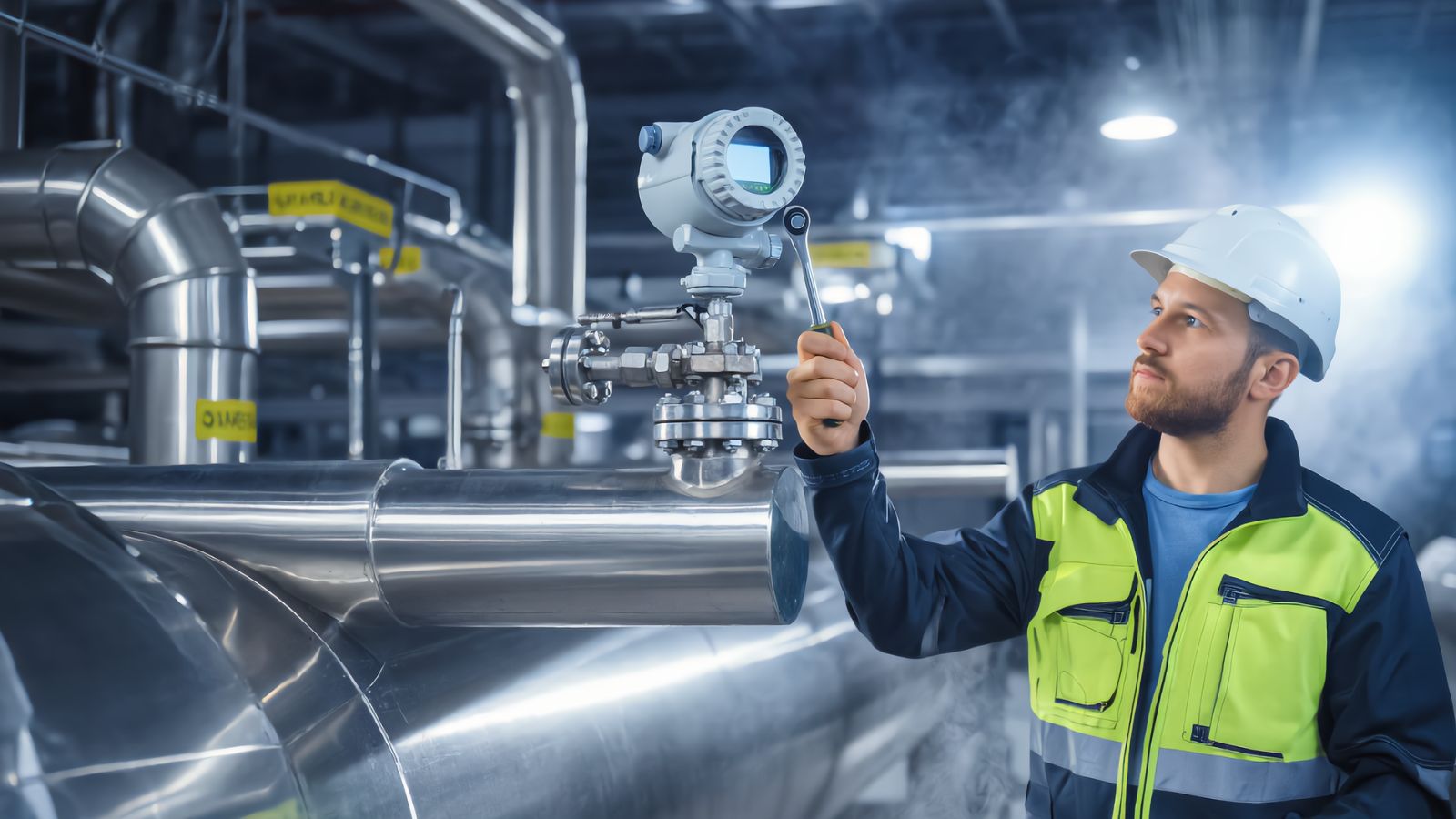Absolute pressure (AP) transmitter measure relative to perfect (full) vacuum pressure (absolute zero pressure).
Therefore, AP transmitters are not affected by fluctuations in the local atmosphere.
All absolute pressure measurements are positive.
The letter ‘a’ or the abbreviation ‘abs’ in the unit of measure
(i.e., inH₂O(abs) or psia) indicates an absolute pressure measurement.
How do absolute pressure sensors work?
The absolute pressure transmitter is mainly composed of two parts. One part is directly connected to the side to be measured. The other side is designed as an absolute vacuum reference chamber. This makes the two compartments form Absolute pressure. When the pressure on both sides is inconsistent, the difference signal will be transmitted through a special transmission line. The computer system in the background can calculate the difference. The pressure value on the measured side is directly displayed.
Where are applications for Absolute Pressure Sensors ?
Absolute pressure sensors and absolute pressure gauges are commonly used in industrial high-performance vacuum pumps that require monitoring.
For example, it is used to vacuum package medical products in a clean environment. To ensure that hospitals and doctors are provided with hygienic and bacteria-free delivery.
In the food industry, when the highest possible vacuum is needed to prevent oxygen from degrading perishable food, vacuum packaging can be used, which greatly extends the flavor and shelf life of the product.
For example, in meat packaging, a vacuum that meets the requirements must be generated, so that the longest shelf life can be safely guaranteed.
Gauge pressure VS absolute Pressure VS Differential pressure
Absolute pressure: absolute pressure refers to the total pressure acting on the surface area of an object, and its zero point is based on absolute vacuum, also known as total pressure or total pressure.
Gauge pressure: refers to the total pressure acting on the surface area of an object, and its zero point takes the local atmospheric pressure as the reference point.
Differential pressure: The difference between any two pressures is called differential pressure. Such as static pressure liquid level gauge and differential pressure flowmeter are used to measure the size of the differential pressure to measure the size of the liquid level and fluid volume.




